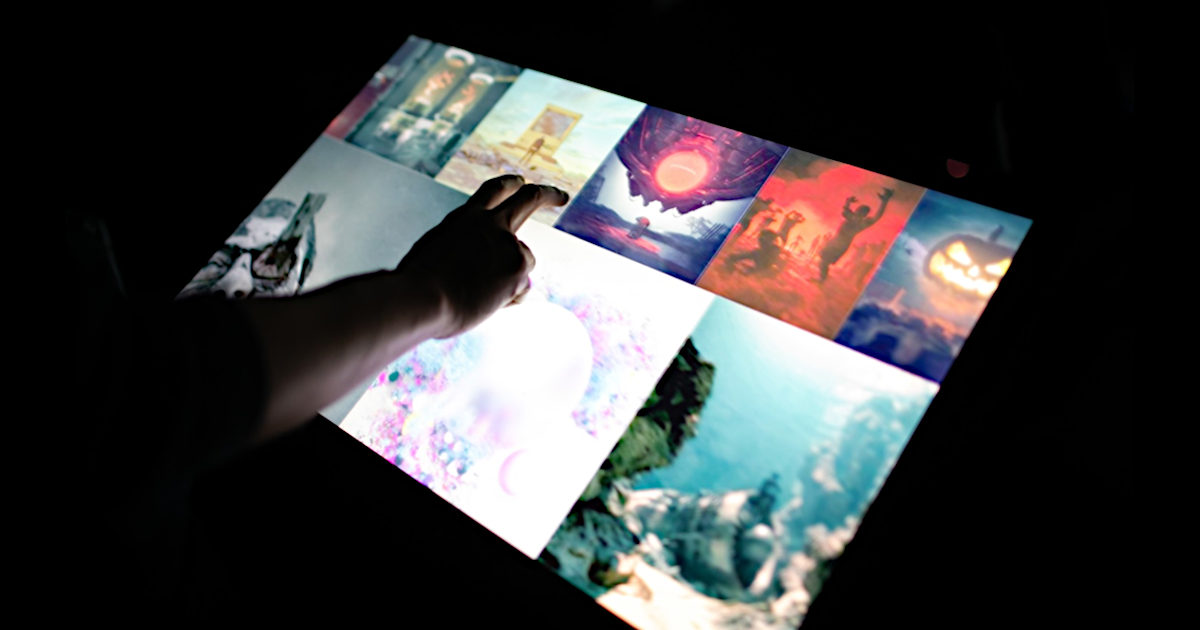Image Credit: ARS Electronica (Flickr)
The Artworld is Embracing Blockchain Technology
While valuations of cryptocurrencies have cooled a bit in recent weeks, NFT art, another blockchain stored intangible, may gain heightened interest and momentum this Thursday, July 15. On Thursday, Christie’s auction house will hold their Art+Tech Summit. If you recall, it was in March 11 of this year that an NFT by Beeple (Mike Winkelmann) sold for $69 million. This drew attention to NFTs in both art and sports memorabilia as the artist had never before sold a print for more than $100. Yet, in the new NFT format, the piece became the third highest-priced artwork ever sold by a living artist. The Christie’s Art and Tech summit will cover and perhaps even help define non-fungible tokens, which are a hot commodity for both the business and art world this year, and an example of how blockchain adds value.
What’s NFT Art?
NFT, an acronym for or ‘non-fungible token, is an electronic digital certificate stored using blockchain technology. It provides ownership rights as a digital asset, typically something collectible determined to retain rarity. The NFT format and certificate establish and demonstrate ownership rights of a digital asset, not unlike cryptocurrency. It is often hard to demonstrate ownership rights on digital works as given how easily digital replication can be made.
NFTs are described as non-fungible since each is unique. The opposite of non-fungible is fungible; here, the item is replaceable; examples of fungible include, a bar of gold, dollar bill, gallon of water, or even a Dogecoin.
An NFT is minted (generated) using computer code and stored on a blockchain system, the process is called a “smart contract.” This NFT smart contract includes information fields including its unique identifier (TokenID); the blockchain wallet address of the owner; and an identifier informing where the digital collectible associated with the NFT can be found. Since blockchain transactions are fully transparent, anyone can view this information, including the blockchain address of the current owner and the blockchain address of each owner since the minting of the NFT.
An NFT can be bought and sold like other property. The transfer of ownership occurs by transferring the NFT through a blockchain transaction to the new owner. When a buyer purchases an NFT, they must have a digital wallet to receive and access the NFT.
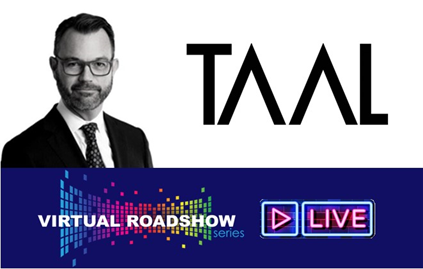
|
Taal (TAALF) Virtual Road Show Series – Thursday, July 15 @ 1pm EDT Join Taal Distributed Information Technologies President Chris Naprawa for this exclusive corporate presentation, followed by a Q & A session moderated by Joe Gomes, Noble’s senior research analyst, featuring questions taken from the audience. Registration is free and open to all investors, at any level. |
About the Summit
The Christies Art+Tech Summit takes place both virtually, and on location at Christie’s Rockefeller Center galleries in New York. Coverage of the event is expected to bring heightened awareness of the relatively recent collection methodologies and technologies, and could even attract a younger audience than found at other Christie’s conferences and summits. It will feature a mix of lectures, debates, and panel discussions from curators, collectors, art directors, and even a bitcoin billionaire.
Take-Away
Blockchain stored NFT art, which may include music, videos, and drawings, is becoming increasingly mainstream. This week could bring much greater attention since this is the first Christie’s NFT related summit since they successfully auctioned the record-breaking Beeple work. Blockchain technology as an investment (company stock) need not trade in tandem with cryptocurrency values as there are many other uses beyond crypto, both fungible and non-fungible.
Paul Hoffman
Suggested Reading:
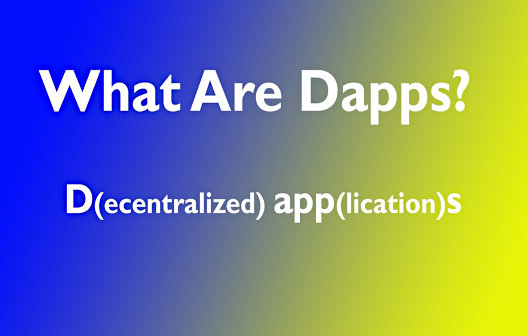 Decentralized Apps (DAPPS) Using Blockchain
|
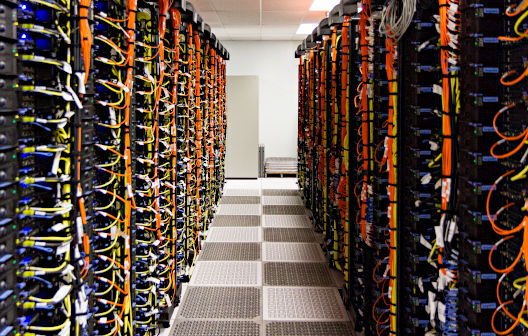 Repurposing Powerplants for Cryptomining
|
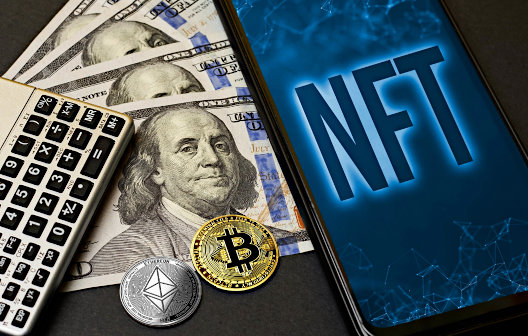 Making Sense of Non-Fungible Tokens
|
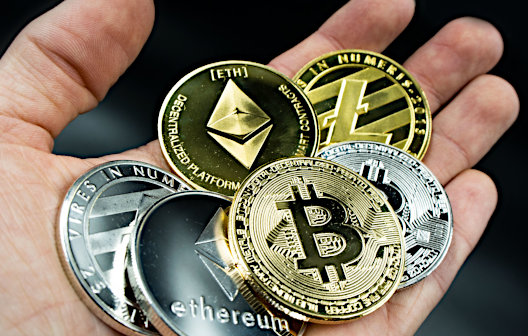 Small-Cap Names in a Big Crypto Market
|
Sources:
Stay up to date. Follow us:

|
